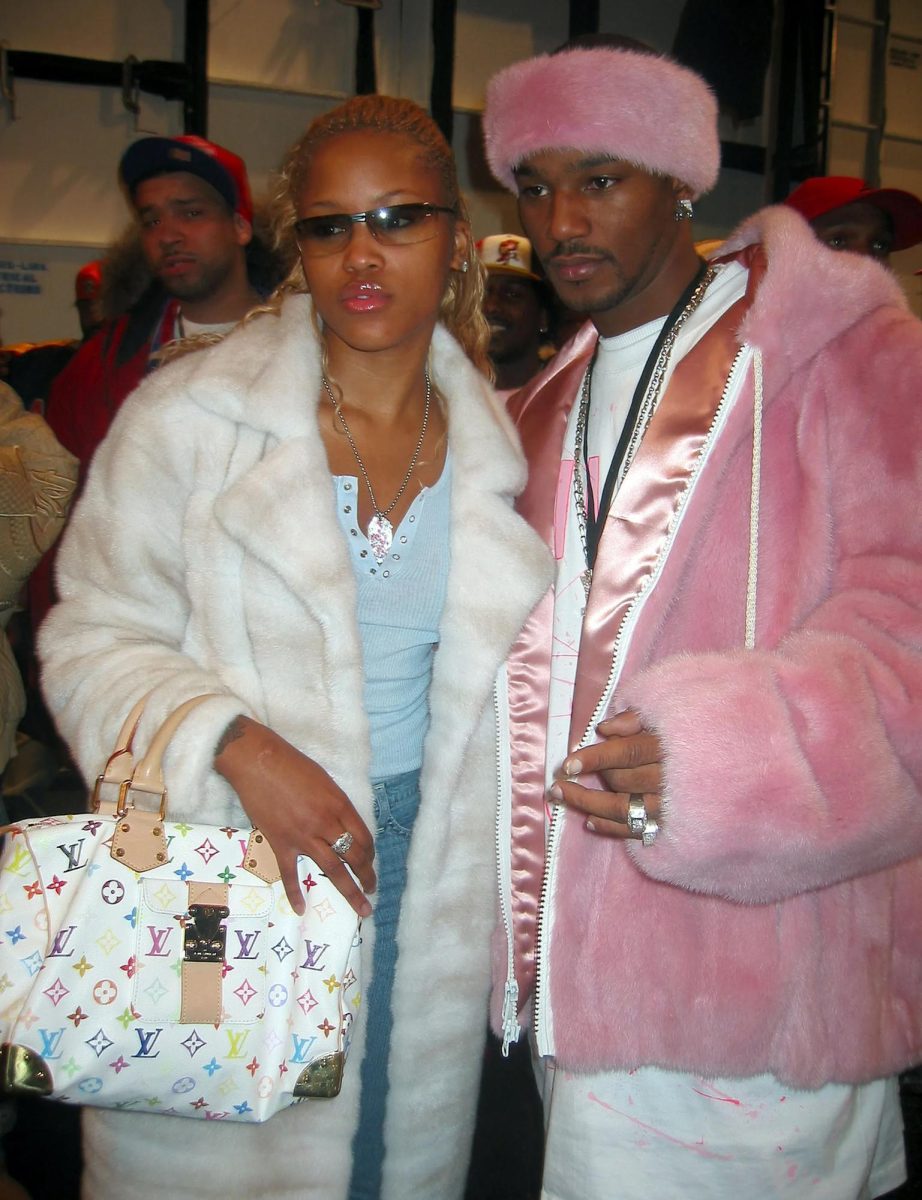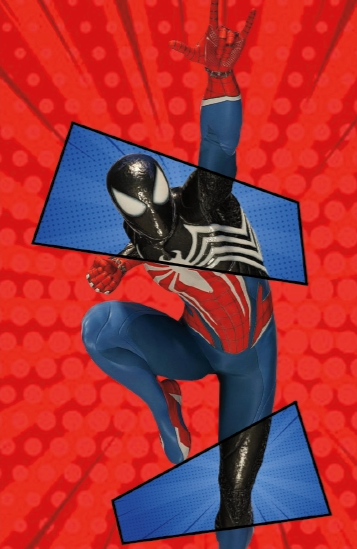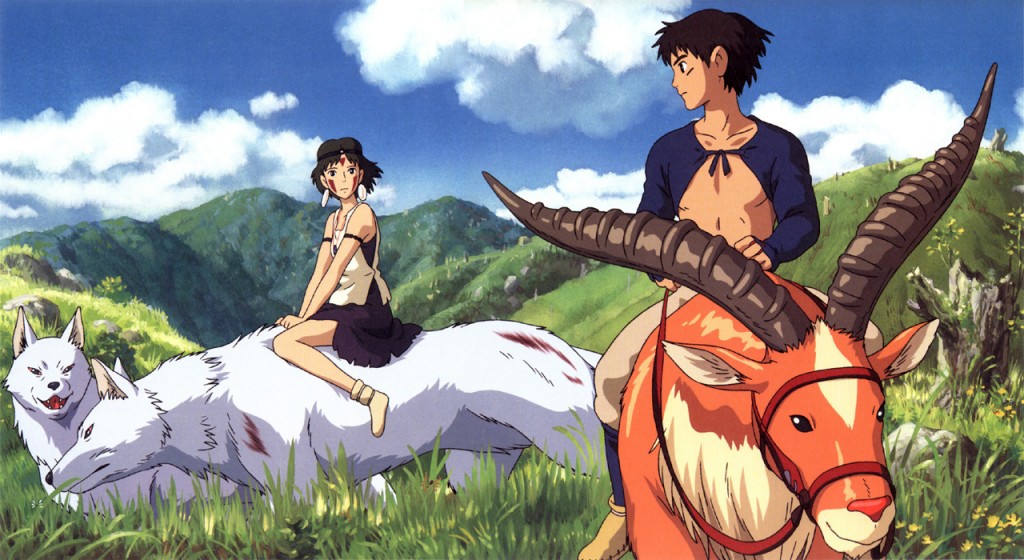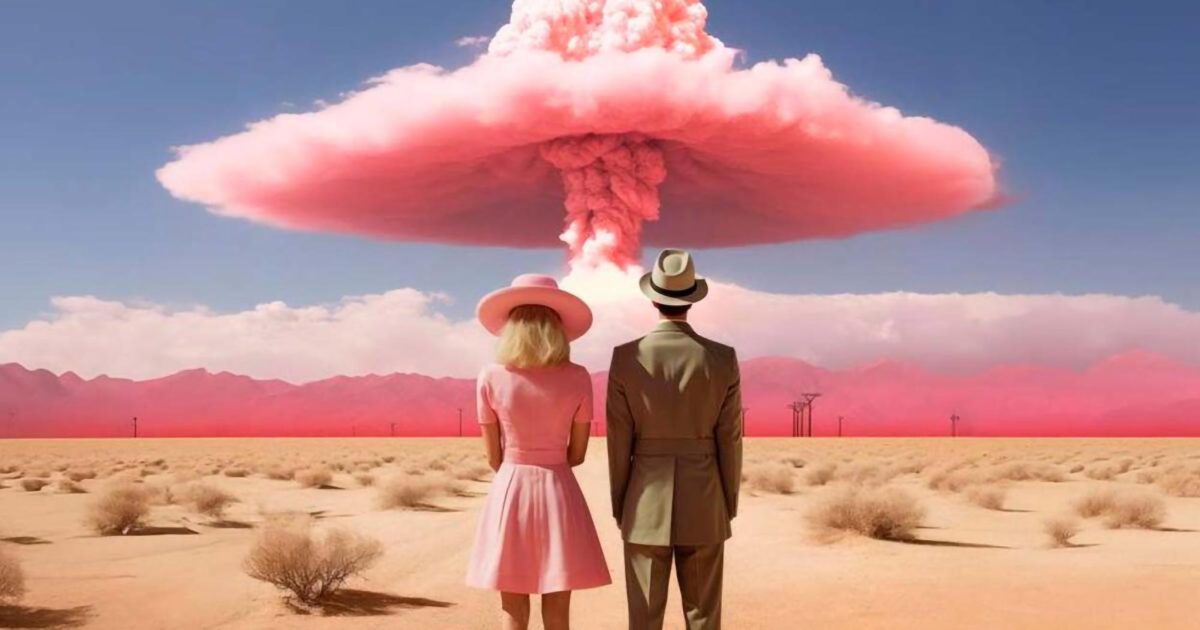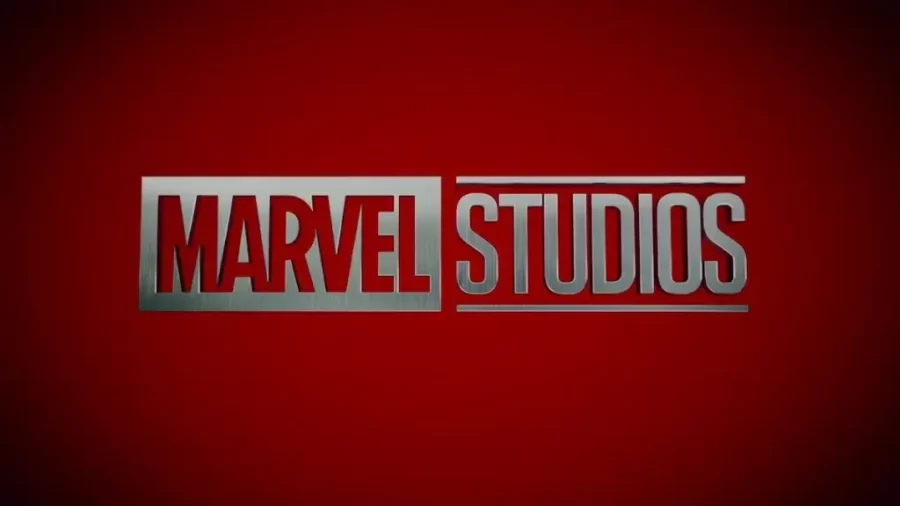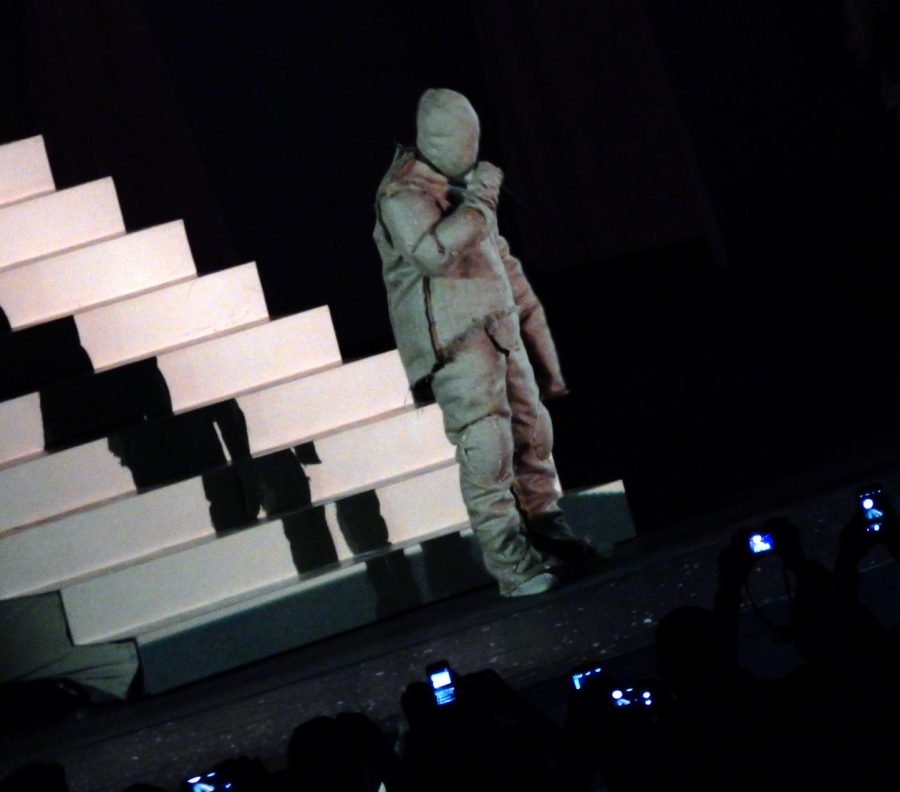Widely across social media, there has been a revival of the 2010s. iPhone 6s, bright colors, and Victoria’s Secret Pink girls have recently begun to revive themselves on social media. But why has there been such a surge for the last two decades, and what parts of them are being revived?
One notable aesthetic resurfacing is the “Tumblr girl” which falls under the umbrella of Indie sleaze. Brands like American Apparel brought a shine to that style during the 2000s. Mandy Lee a Trend cyclist analyst tells Vogue, “Indie sleaze was much more flamboyant; neon colors, metallics, ostentatious displays of nightlife, erotic advertisements, and amateur-style flash photography. Indie sleaze became more popular during the Myspace era of social media, which later gave rise to the edgy Tumblr Girl in the 2010s. Those nostalgic aesthetics we know have two things in common, they had a rebellious motive and a materialization through music.“The rebellious motive came about when girls’ societal standards began to change, and body image began to get challenged.
The Trashy Y2k era is also making a comeback. Ultra low-rise jeans, bright, hot pink, cheetah print, and bedazzled everything are some key points in recognizing that aesthetic. Quinn Halbower, a junior at RHS states, “Any shirt that has crosses or diamonds I resonate with the most. Anything McBling I love.” The Trashy Y2K era was heavily based on bright colors and flashy accessories. “I like the low-rise, with the cheetah print, hot pink, and big necklaces,” said Halbower. This era had some amazing fashion statements, but also some flops as well. “I don’t like capris and skinny jeans, I like them sometimes but not always,” said Halbower. Brynn Bryans a junior from RHS says, “I don’t love layering, it looks good if it’s one lace shirt. It can kind of look dumb, like you’re in sixth grade and you’re mom said you couldn’t wear a crop top.” Many fashion trends from the 2000s are incorporated into Disney Channel, with quirky teenagers like Lizzie McGuire and Hannah Montana wearing layered shirts, capris, statement necklaces, and side bangs.
Other popular trends coming back are the VS (Victoria’s Secret) and LA girls. These aesthetics incorporate a lot of short denim jeans, tank tops, off-the-shoulder tops, and light colors. Think of brandy Melville, Victoria’s Secret, Abercrombie, Hollister, and those typical American teen stores. Bryans said, “The femininity that people are bringing back into their clothing, back then I feel like it was kind of showed that you were confident in your femininity,” as shown in recent trends. Girls who embodied this aesthetic used Instagram filters and religiously followed Bella Hadid and Adriana Lima. Now this is closer to the 2010s than the 2000s and many of Gen Z are closer to this aesthetic alongside the 2014 Tumblr girl. There isn’t a specific name for this aesthetic however many resonate with this, as aspects of this aesthetic have been incorporated into the more modern “clean girl aesthetic.” The clean girl wears fitted and off-the-shoulder tops, taps into her femininity, and is comfortable in her body.
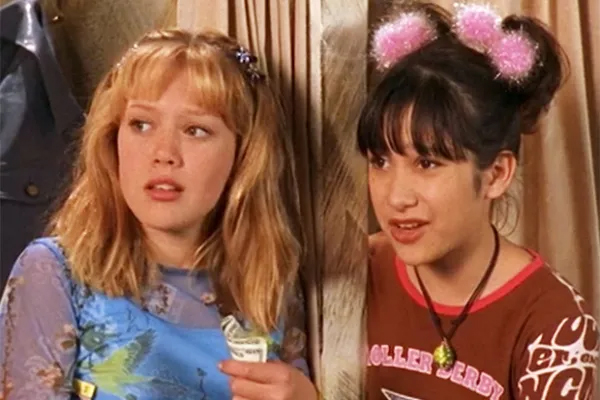
Bottom: Clip from a 2000s show “Lizzie McGuire”, which showcases the numerous fashion and music trends of the 2000s throughout the show
Music from 10-20 years ago is coming back, and many are turning back to the basics. Popular artists from the 2000-2010s include Britney Spears, Usher, Lady Gaga, Kesha, 50 Cent, Eminem, and more. Britney Spears was a pop icon and influenced many styles to come back from the 2000s nowadays, such as low-rise jeans, flashy tops, and stilettos. 50 Cent and Eminem are closer to rappers, while Usher is regarded as an American musician, but is mostly known for his R&B and pop music. The music has changed throughout the decades and rap, R&B, and pop music have evolved throughout the years,
and some believe negatively. Bryans said, “Negative, the way that people sing about people. The way men sing about women now, why are you talking about having 6 girlfriends at once.” Halbower adds, “I feel like back then the message wasn’t great but it’s so much worse now.”
Compared to the 2000s, arguably the 2010s promoted more body positivity, challenging societal standards for girls, and wearing light and feminine clothing, in some notable ways. The 2000s created many eating disorders in young girls, as teen magazines gave diets and wrote articles about diets for girls to be “model-like”, inspired by Kate Moss’s famous quote, “Nothing feels as good as skinny feels.” “1 million percent, that style does promote an unhealthy body standard,” said Halbower.“ Theres a lot of people that will always have to comment,” added Bryans. American corporations also followed this eating disorder trend, to which Kellogg’s made a famous ad stating that “you could ‘drop a jeans size in two weeks” when you replace two meals out of your day with Kellogg’s cereal (The New Feminist).
Now how will these trends translate into our society today? Will it continue to promote eating disorders or not? Considering the societal norms in America, many girls can still be subject to eating disorders if they attempt to embody the trends exactly from the 2000s and 2010s, however, if girls are exposed to many different body types as well as healthy body types, then the aesthetic can be achieved without starving themselves. There has been a recent change to body positivity, and feeling comfortable in one’s skin despite not being a size 0. Diversity in models both racially and by body type has increased throughout the years. The Luxiders Magazine states, “ The body positivity movement and body positivity activists in the fashion industry play an important role in changing how people view their bodies.”



